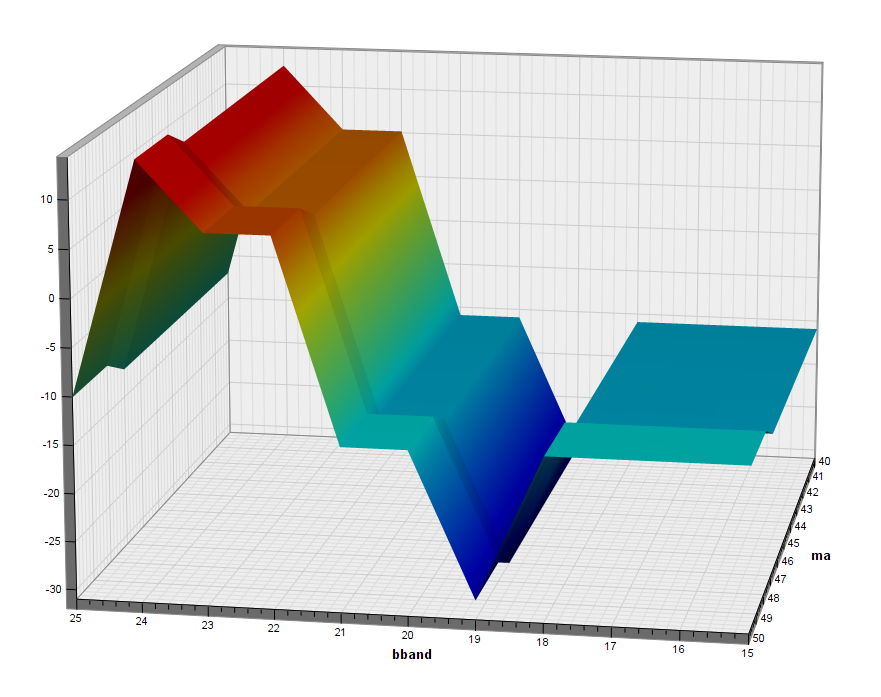Last month, we posted that Seer Trading, makers of the algorithmic Trading Platform with the same name, was beginning to shift its focus on the retail forex sector. Learning more about the platform, Forex Magnates spoke with Seer Trading Founder, Jeremy White, as well as deploying a few strategies to test out the product.
Before explaining what the platform is, it’s worth noting what it’s not. This isn’t a basic system being geared toward trading or programming newbies. Creating strategies means diving into code, without the use of ‘wizards’ that may exist in other platforms such as Ninjatrader. Although, click trading is available, the entire system is focused on algorithmic trading.
Now going on to what it is. Seer Trading describes itself as a platform for building, back testing, optimizing and deploying automated trading strategies. In that regard, the entire platform is focused on covering the needs of systematic traders. This includes co-hosting VPS solutions, amazingly fast back-testing, event driven strategy building, and quick execution when in live operation. White explained to us, that the platform is being targeted to the “high-end retail developer (what they call ‘hobby quants’), professional money managers, and FX funds”. In terms of money managers, the platform can be integrated with PAMMs and MAMs to handle multi- account management, while trading is powered by Seer Trading.
Event Based
Among its main features, White highlighted that Seer is an event based platform. What this means is, that the platform views and operates multiple strategies as one ‘portfolio’, rather than a bunch of independent instances. For example, a user can create five strategies that are based on different currencies. When back-testing, the platform provides a combined record of the trading results based on all the strategies running simultaneously. This differs from other platforms, where back-testing is only provided for a single currency pair and time frame. With Seer, you can theoretically run systems that will trade during low volatile periods, and others that execute in high volatile markets, and receive back-testing results of the combined results. In addition to the combined data, records for individual strategies are also available.
White summed up the event based feature by stating, “Seer encourages you to write your code as if you were trading live.” Meaning, just like in live trading, traders are in numerous types of trades and currencies,and as the market evolves, managing and back-testing strategies should be the same way.
Coding
As mentioned above, users are expected to have working knowledge of programming and understanding of developing trading strategies. The platform runs using the platform’s proprietary Seerscript programming language, which is based on Perl, and similar to MQL. Having little in terms of programming skills, other than being able to create simple looping scripts, White provided a code for a strategy I wanted to test. Beyond that point, it was rather simple to manipulate changes and understand the process.
After creating a strategy, the platform’s interface provides a simple method to choose symbols and timeframes. There is also a money management system that can be created for each individual strategy, to handle trade size and Risk Management features. As multiple strategies become one portfolio, back-testing combines all strategies, regardless of the timeframes.
Optimization
Another key feature of the platform is optimization. With optimization, users can also receive back-testing results for parameters similar to their strategy. For example, in a strategy that triggers a trade when a symbol’s RSI crosses above 75, the platform can calculate what the results would have been if the RSI parameter was 70 through 80.
In my strategy, I was using both a Bollinger Band and Moving Average as the foundation of the trade. Using the optimization feature, I was able to see different results, based on what would happen if I changed the parameters of the BB or MA. (Below is the 3D chart showing the optimization results. Best results with BB using SMA of 24, and MA of 48 or 49. Worst results, using BB SMA of 19 and MA between 40 to 47.)

Conclusion
The bottom line is, that the Seer Trading platform is focused on one niche of the market; algorithmic traders with access to developers or the ability to code on their own. In that regard, Seer is a compelling platform for this contingency, and packs the platform with enough bells and whistles to separate its algo features from existing products in the space that caters to a wider audience.
The article is part of Forex Magnates 'New Product Spotlight' posts. Previous write-ups:
















